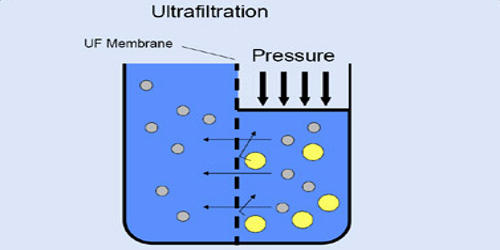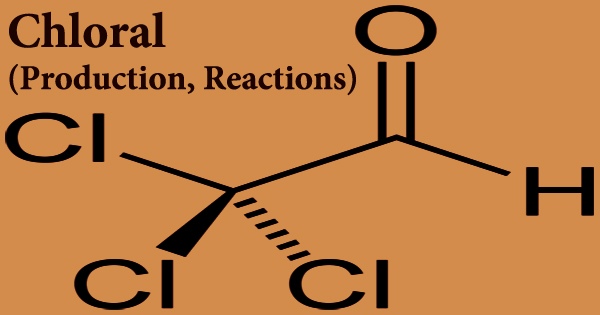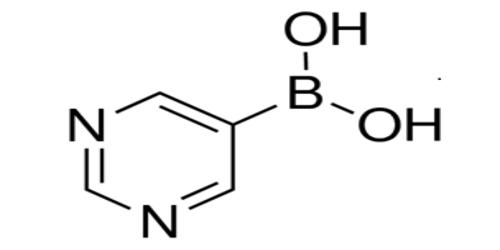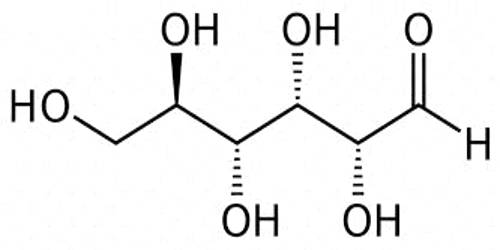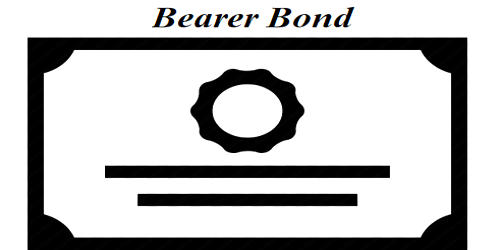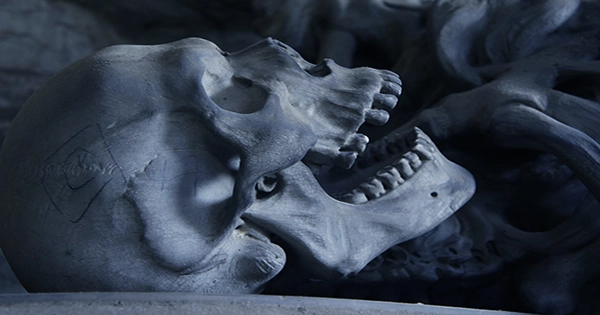Ultrafiltration (UF) is an excellent separation technology for desalination pretreatment, reverse osmosis pretreatment, and wastewater reclamation, as well as for producing potable water. It is a variety of membrane filtration in which forces like pressure or concentration gradients lead to a separation through a semipermeable membrane. It is a pressure-driven barrier to suspended solids, bacteria, viruses, endotoxins, and other pathogens to produce water with very high purity and low silt density. Suspended solids and solutes of high molecular weight are retained in the so-called retentate, while water and low molecular weight solutes pass through the membrane in the permeate (filtrate). UF is a kind of membrane separation technique, is able to remove the particle materials in solutions. This separation process is used in industry and research for purifying and concentrating macromolecular (103 – 106 Da) solutions, especially protein solutions. An ultrafiltration system is eco-friendly. It has a 90-95% recovery rate and can be used to treat wastewater for reuse.
Ultrafiltration is one membrane filtration process that serves as a barrier to separate harmful bacteria, viruses, and other contaminants from clean water. UF can be used for the removal of particulates and macromolecules from raw water, to produce potable water. It uses standard home water pressure to push water through a semipermeable membrane and remove any contaminants.
Ultrafiltration is not fundamentally different from microfiltration. It is basically a pressure-driven separation process, governed by a screening principle and dependent on particle size. Both of these separate based on size exclusion or particle capture. This filter has a pore size of around 0.01 micron. It is fundamentally different from membrane gas separation, which separates based on different amounts of absorption and different rates of diffusion. A microfiltration filter has a pore size around 0.1 microns, so when water undergoes microfiltration, many microorganisms are removed, but viruses remain in the water. Ultrafiltration membranes are defined by the molecular weight cut-off (MWCO) of the membrane used. Ultrafiltration is applied in cross-flow or dead-end mode. It is used for the separation of suspended solids, colloids, bacteria, and viruses. This technique uses membranes with a pore size between 1-100nm. Typically, the process is suitable for retaining biomolecules, bacteria, viruses, polymers, colloidal particles, and sugar molecules.
Ultrafiltration processes are preferred over traditional treatment methods for the following reasons:
- No chemicals required (aside from cleaning)
- Constant product quality regardless of feed quality
- Compact plant size
- Capable of exceeding regulatory standards of water quality, achieving 90-100% pathogen removal.
